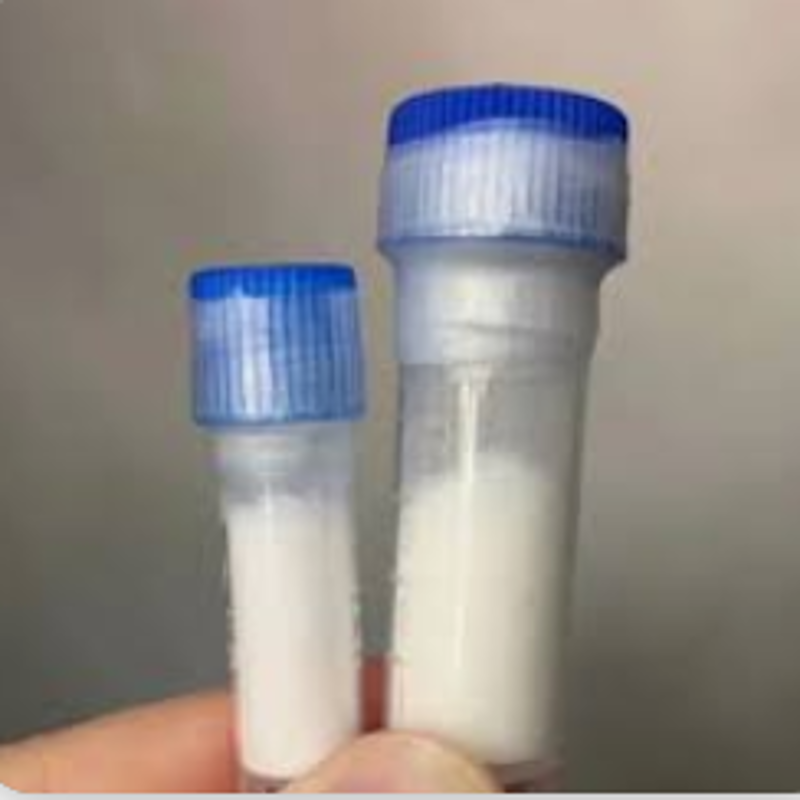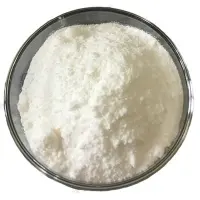Study on the process of controlling amyloid fibrosis with the help of the molecular hand of phospholipid surface
-
Last Update: 2020-07-10
-
Source: Internet
-
Author: User
Search more information of high quality chemicals, good prices and reliable suppliers, visit
www.echemi.com
recently, the Chinese Academy of Sciences Dalian Institute of Chemical Physics biological separation and interface molecular mechanism research group researcher Qing Guangxuan team and molecular simulation and design research group researcher Li Guohui team, design edited and prepared an adversary amino acid modified phospholipid molecules, and thus to construct a hand phospholipid surface, to achieve the beta-amyloid (A beta) fibrosis process of accurate regulationAlzheimer's disease (AD) is the most common form of dementia and one of the global public health challenges, and the pathogenesis of AD is not yet knownStudies have shown that cell membranes play a vital role in the occurrence and development of AD, especially the aggregation and deposition of A-betaTherefore, it is necessary to study the effect of cell membrane on A-beta aggregationPrevious studies have reported on the effects of phospholipid membrane composition, hydrophobic hydrophobic, charge, curvature, lipid rafting on amyloid protein formationHowever, researchers have overlooked that natural phospholipids are a hand molecule that has a strong tendency towards L-pairsMore importantly, life is a typical multi-scale hand system, most biological and physiological processes are closely related to molecular hand, which stimulates researchers to explore the effects of phospholipid membrane molecular hand on A-beta aggregation, and provides new ideas for the study of aD pathogenesisThe team designed and prepared for the first time a phospholipid molecule modified by an adversary amino acid, which has a good mirror-facing nominalityHand phospholipid molecules are processed and self-assembled into fixed-size hand liposomes to simulate the surface of a real cell membrane and to incubate with A-betaThe study found that self-assembled L-lipids slightly inhibited the nucleation process of A-beta (1-40), but did not affect the process of oligomer elongationIn contrast, D-lipids strongly inhibit the nucleation and elongation process escticia of A-beta (1-40)These two hand lipids not only have good biocompatibility, but also have obvious hand differences in saving cytotoxicity induced by amyloid fibrosis, in which D-liposomes makes nerve cell survival rate higherAt the same time, Li Guohui's team clearly revealed the binding site, binding method and driving force of A-beta (1-40) and hand phospholipid membrane through detailed molecular dynamics simulationsThis study extends previous research based on artificial hand surfaces to real hand phospholipid surfaces, providing a deeper and more realistic perspective for understanding the key processes of amyloid from the perspective of the hand biological interfaceAt the same time, in view of the excellent biocompatibility of lipids, the combination of lipids and non-natural D-amino acids as amyloid inhibitors has a good application prospect in early Prevention and Treatment of AD, and provides a direction for the development of lipid inhibitors(
Biovalley Bioon.com)
This article is an English version of an article which is originally in the Chinese language on echemi.com and is provided for information purposes only.
This website makes no representation or warranty of any kind, either expressed or implied, as to the accuracy, completeness ownership or reliability of
the article or any translations thereof. If you have any concerns or complaints relating to the article, please send an email, providing a detailed
description of the concern or complaint, to
service@echemi.com. A staff member will contact you within 5 working days. Once verified, infringing content
will be removed immediately.







